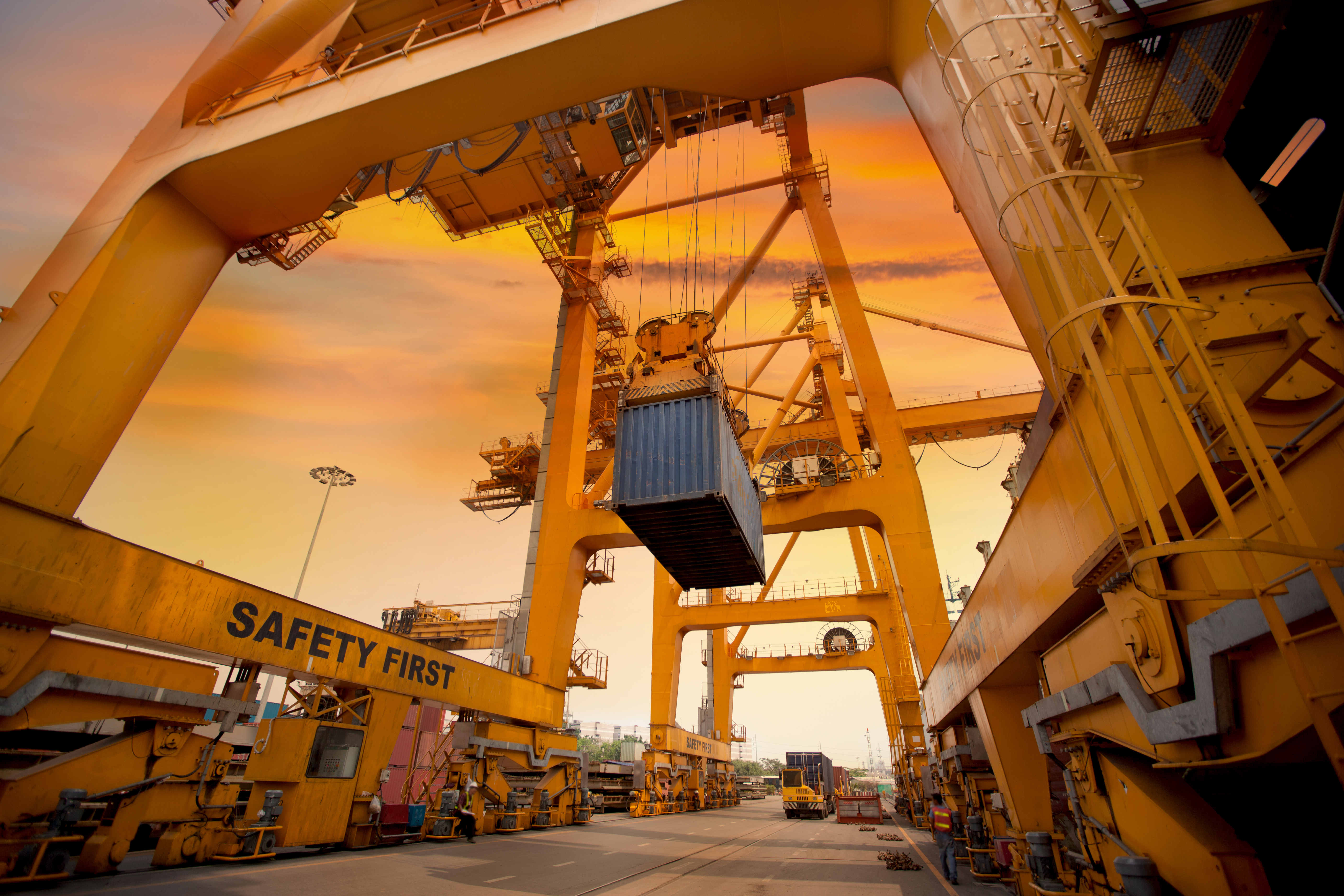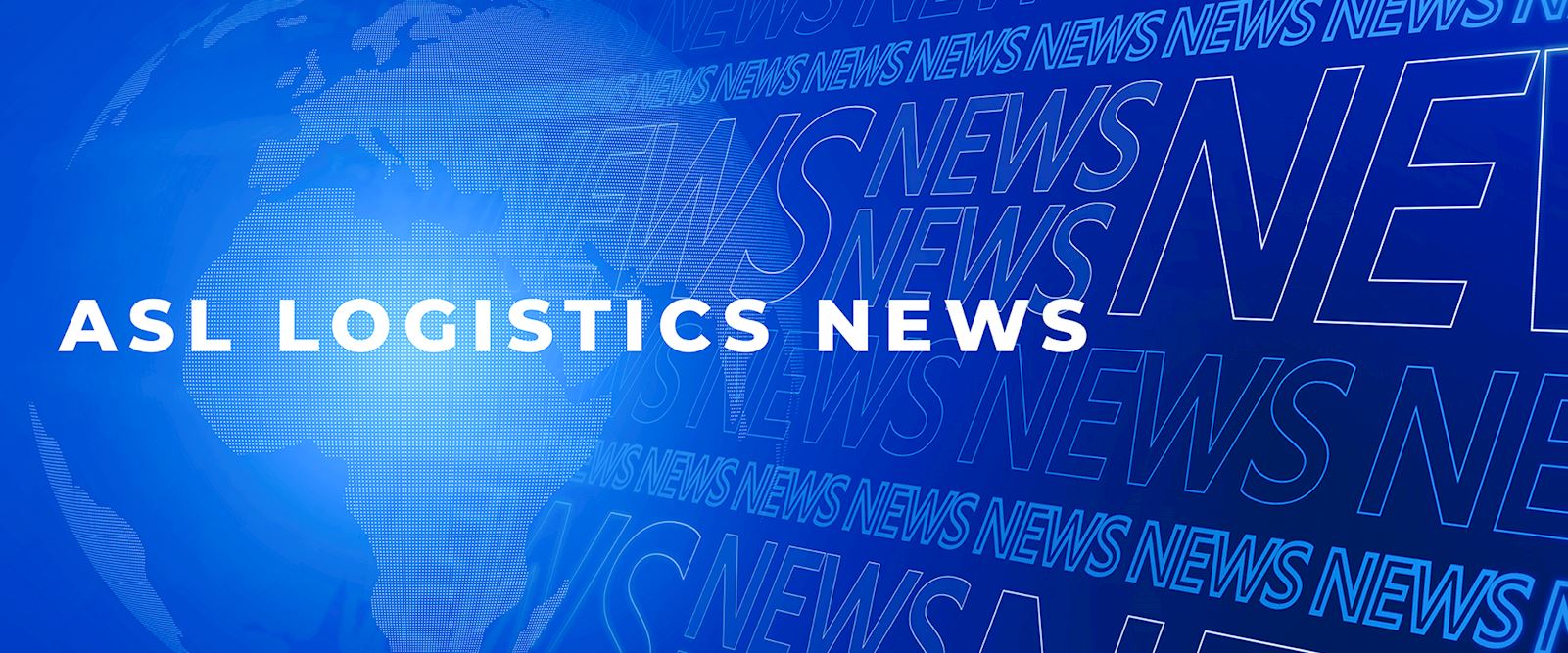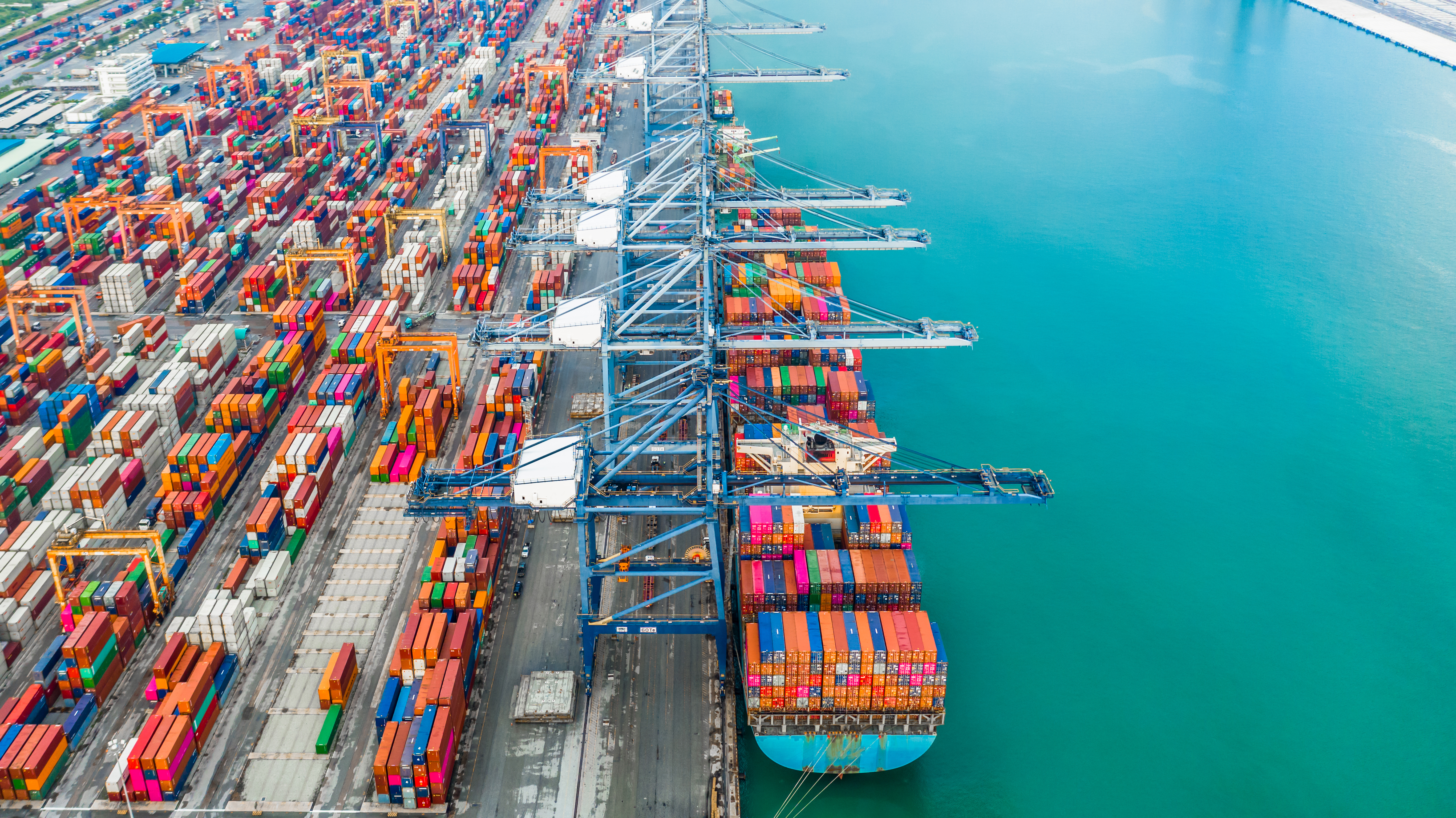CONTAINER SHIPPING RATES REMAIN STABLE AMID CHINA-US TARIFF STORM

Trans-Pacific container shipping rates remain stable despite the strong impact of US-China trade tensions, thanks to flexible coordination strategies from shipping lines and a shift to Southeast Asian markets.
Although the trade war between the US and China is shaking up the global supply chain, container shipping rates on the Trans-Pacific route are being supported by flexible adjustment strategies from shipping lines.
The imposition of a minimum tariff of 145% on all imports from China has caused many US importers to cancel orders and suspend deliveries, according to Judah Levine, head of research at Freightos, a shipping analytics firm. The sudden change comes as importers hope the tensions will ease and tariffs will be adjusted through bilateral negotiations, although formal negotiations have yet to begin.
Demand for shipping between China and the US has plummeted, with reports of declines ranging from 30% to more than 50% in recent weeks, Levine said. Port of Los Angeles CEO Gene Seroka told CNBC that cargo volumes through the port could drop as much as 35% next week. In response, shipping lines have taken drastic measures to balance supply and demand, including mass blank sailings and the suspension of entire shipping routes.
An estimated 28% of trans-Pacific capacity to the US West Coast and 42% to the East Coast will be cut in the coming weeks, Levine said.
Many US importers that rely on Chinese goods may be able to weather the short-term downturn thanks to inventory built up in anticipation of the tariff hike. However, if the tariffs persist, US consumers could face shortages of goods – especially key Chinese imports such as toys, children’s products and sporting goods. Retail prices could rise sharply as the higher tariffs are passed on to importers.
Notably, the reduction in shipping capacity is smaller than the reduction in demand between China and the US. Levine attributes the difference to the increased volume of goods from other countries in the Far East – which are often shipped on the same service as Chinese goods on the route to North America. Exporters in these countries are ramping up shipments ahead of the 90-day reprieve from the US in retaliation for tariffs that ends in July.
Levine also said that some forwarders have seen increased demand for trans-Pacific shipping from Southeast Asia, with bookings estimated to have increased by about 20% in recent weeks. This shift has partly offset the decline in cargo from China. Carriers may adjust, shifting some of their reduced China-US capacity to these routes to meet the increased demand, although a rapid increase in volumes could lead to congestion, delays and a shortage of empty containers at alternative ports.
Despite the large fluctuations, Levine said container rates have remained surprisingly stable. The wave of cancellations is expected to help stabilize freight rates from China even as volumes continue to decline. In fact, trans-Pacific freight rates have only fallen slightly since the beginning of the month – even before many sailings were canceled.
Source: Freight Waves
------
ASL Logistics US - Your True Shipping Partner
.png)
Reach ASL Logistics US immediately for advice on sea freight service! Or you can contact us directly to receive detailed information:
⚓ ASL Logistics US - Your True Shipping Partner
📍 https://aslc-us.com/
☎ +1 56 2906 3906
✉ phong@aslc-us.com
Related services: Sea Freight, Air Freight, Customs Broker Service, Domestics Trucking, Multi-modal Transportation, Warehousing Services, Shipping and Logistics Services to The U.S,


.jpg)
